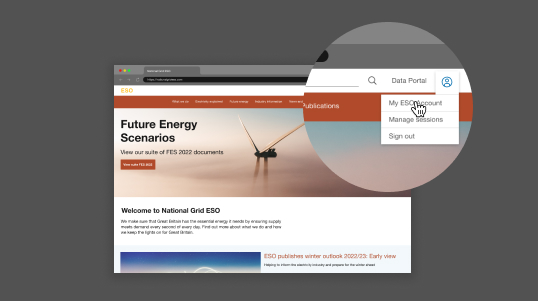Flexibility is the ability to shift the consumption or generation of energy in time or location. Flexibility is crucial to operating the energy system where the supply and demand of energy needs to be balanced over different timescales.
In this section we explore the different flexibility solutions needed to meet net zero.
Key insights
- Operating a future energy system with high levels of renewables and no unabated natural gas generation will require significantly more flexible, zero carbon capacity than we have today. New technologies will need to deliver the services historically provided by natural gas.
- Increasingly, peak demand will not be the only driver of system stress, it will be driven as much by peaks and troughs in electricity supply and flows.
- Large amounts of short-duration flexibility will be needed to match supply and demand within the same day. During periods of high or low renewable generation, greater amounts of within-day flexibility will be needed. During extreme weather events, flexibility would be needed for weeks, and a diverse set of flexible solutions is needed to ensure adequacy in these extreme periods.
- The growth of distributed flexibility (flexible energy demand resources, such as storage, EVs, heat pumps and thermal storage, connected at distribution level) is a key enabler to achieving net zero.
- Demand-side flexibility will be increasingly important. The Demand Flexibility Service showed consumer willingness to participate in demand-side response (DSR), but this was only the starting point. Appropriate market signals and technology advancement are needed to ensure effective DSR levels in the future. DSR potential of 6-12 GW is predicted by 2040 from residential, commercial, and industrial sectors in our net zero scenarios.
- Prolonged low renewable output periods will cause stress in the system. Interconnectors and long duration energy storage (LDES) could make a significant contribution to managing supply and demand and ensuring security of supply in the 2030s. Considerable uncertainty remains, around the policy, market structure and financial support mechanisms needed in the short-term to facilitate LDES deployment later in the 2030s and 2040s.
- Market reform is needed to provide the locational signals required to optimise dispatch and siting decisions of flexible capacity on the whole energy system. With suitable market reform, market-wide half-hourly metered system and automation, consumers will be able to reduce their energy costs at the same time as reducing the costs of operating the energy system. Investment in locational flexibility is needed in the near term as energy storage, interconnectors, DSR or electrolysis can deliver more value in some locations than others and help reduce curtailment.


